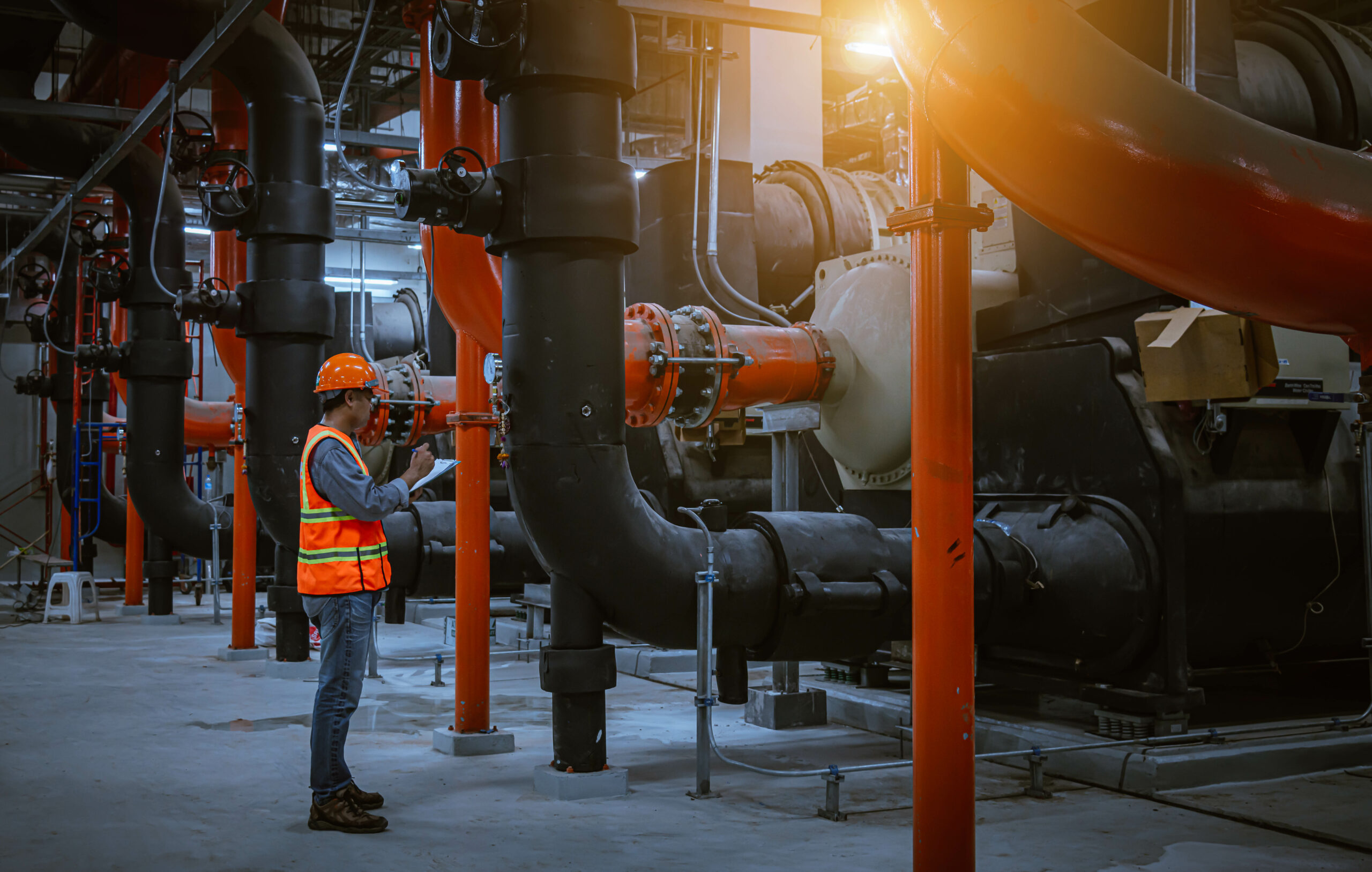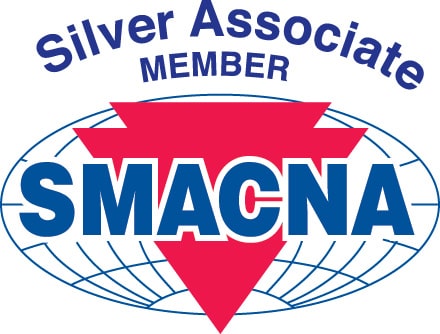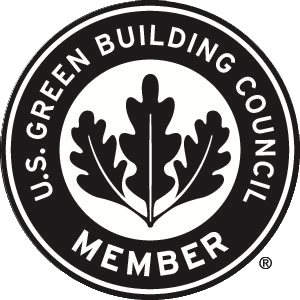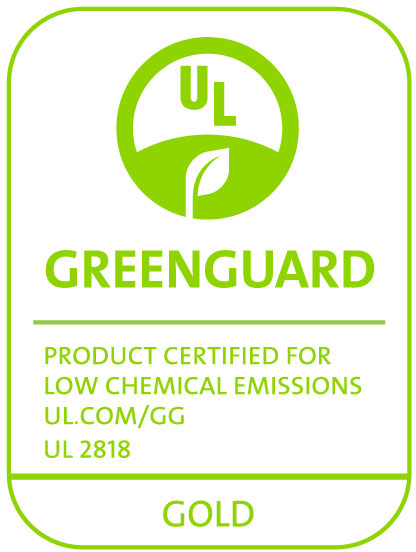Chilled water systems (CHW) serve a pivotal role in delivering conditioned air to building spaces and ultimately contributing to occupant comfort in buildings. It is estimated that 15%-20% of all mechanical piping in the U.S. is associated with chilled water systems.
CHW, a sub-system of an HVAC system, recirculates water and other fluids such as glycol, that are chilled via refrigeration through piping, equipment, and ductwork. A typical CHW supply temperature is 42°F [5.6°C]. Specifying the best chilled water insulation is a critical component of any chilled water system design.
Owner project requirements (OPR’s) usually address first costs, energy efficiency, and ongoing maintenance costs. Mechanical insulation can deliver on all of the above. By investing in the best chilled water insulation, correct insulation thickness, and a quality installation, OPR’s can be achieved.
A primary design objective of chilled water systems is to control condensation since chilled water typically operates in below-ambient conditions. Condensation is a constant threat to a CHW system that can negatively impact energy efficiency, foster mold growth and spur corrosion under insulation (CUI). It is estimated that for every 1% increase in chilled water insulation saturation by uncontrolled condensation, thermal efficiency decreases by 7.5%.
Common causes of CHW system failure include the incorrect chilled water insulation for a specific application, inadequate insulation thickness, missing vapor barrier, poor vapor seals at insulation seams, and missing insulation not replaced and sealed (exposed metallic piping or equipment) following a maintenance event.
Since chilled water systems have unique designs and requirements, one chilled water insulation type does not typically address all facets of CHW. Often, multiple insulation types are specified and installed together to achieve the mechanical engineer’s design objectives for energy efficiency, condensation control, maintenance costs and others.
The most common chilled water insulation types include:
- Fiberglass with ASJ jacket + PVC jacket over fittings
- Closed Cell Elastomeric
- Polyisocyanurate with ASJ or Saran jacket + PVC jacket over fittings
- Cellular Glass with ASJ or Pittwrap® jacket + PVC or aluminum jacket over fittings
While each chilled water insulation type listed above have their own merits, closed cell elastomeric is an excellent all-around chilled water insulation option for the following reasons:
- Closed-cell structure (repels moisture, does not wick or absorb moisture)
- Built-in vapor retarder (low permeability, jacket not required for most applications)
- Flexible (less breakage and material loss than rigid closed-cell insulation types, easier to insulate chillers, pumps, control valves, heat exchangers)
- Low thermal conductivity (reduced thickness when compared to cellular glass)
- Mold-resistant (inherent or biocides added)
- Low-emitting (VOC’s) chemical emissions
- Saves time when insulating CHW equipment such as chillers, pumps, and valves
- Low installed cost (no separate fabrication step, faster to field fabricate over HVAC equipment)
When evaluating closed cell elastomeric chilled water insulation options, it’s critical to check manufacturer datasheets for the following performance criteria:
- Chemical polarity: polar or nonpolar (hygroscopic or hydrophobic)
- Water vapor permeability (WVP): values are in perms-inch; the lower the better; WVP will determine if a supplemental vapor barrier or jacket is required
- Thermal conductivity (K-value): values typically range from 0.237 and up; again, the lower the better
- Upper continuous service temperature: typically 220°F [104°C]
- Safe for stainless steel piping
- UV resistance
Aeroflex USA’s Aeroflex® brand of EPDM closed cell elastomeric chilled water insulation delivers on all of these chilled water insulation benefits.
- Aeroflex EPDM is nonpolar; EPDM is hydrophobic and does not induce or react with moisture; standard NBR/PVC is hygroscopic and attracts moisture
- Aeroflex EPDM has a WVP of 0.02 perm-inch without a supplemental vapor retarder; other chilled water insulation types require a vapor retarder
- Aeroflex EPDM’s k-value is 0.245 at a mean temperature of 75°F; some manufacturer’s k-values increase significantly as insulation thicknesses increase; higher k-values increase chilled water insulation thicknesses
- Aeroflex EPDM has an upper continuous service temperature threshold of 257°F [125°C]
- Aeroflex EPDM is safe over stainless steel piping due to its ultra-low chloride content with added corrosion inhibitors; will not cause external stress corrosion cracking (ESCC)
- Aeroflex EPDM possesses greater UV resistance than traditional NBR/PVC closed-cell elastomeric chilled water insulation
To learn more about AEROFLEX®, please click here.
Source:
https://www.phcppros.com/articles/14204-chilled-water-pipe-insulation-failure
https://insulation.org/io/articles/chill-out-maintaining-integrity-of-chilled-water-systems/
https://insulation.org/io/articles/avoiding-condensation-on-systems-that-operate-at-below-ambient-temperatures/












